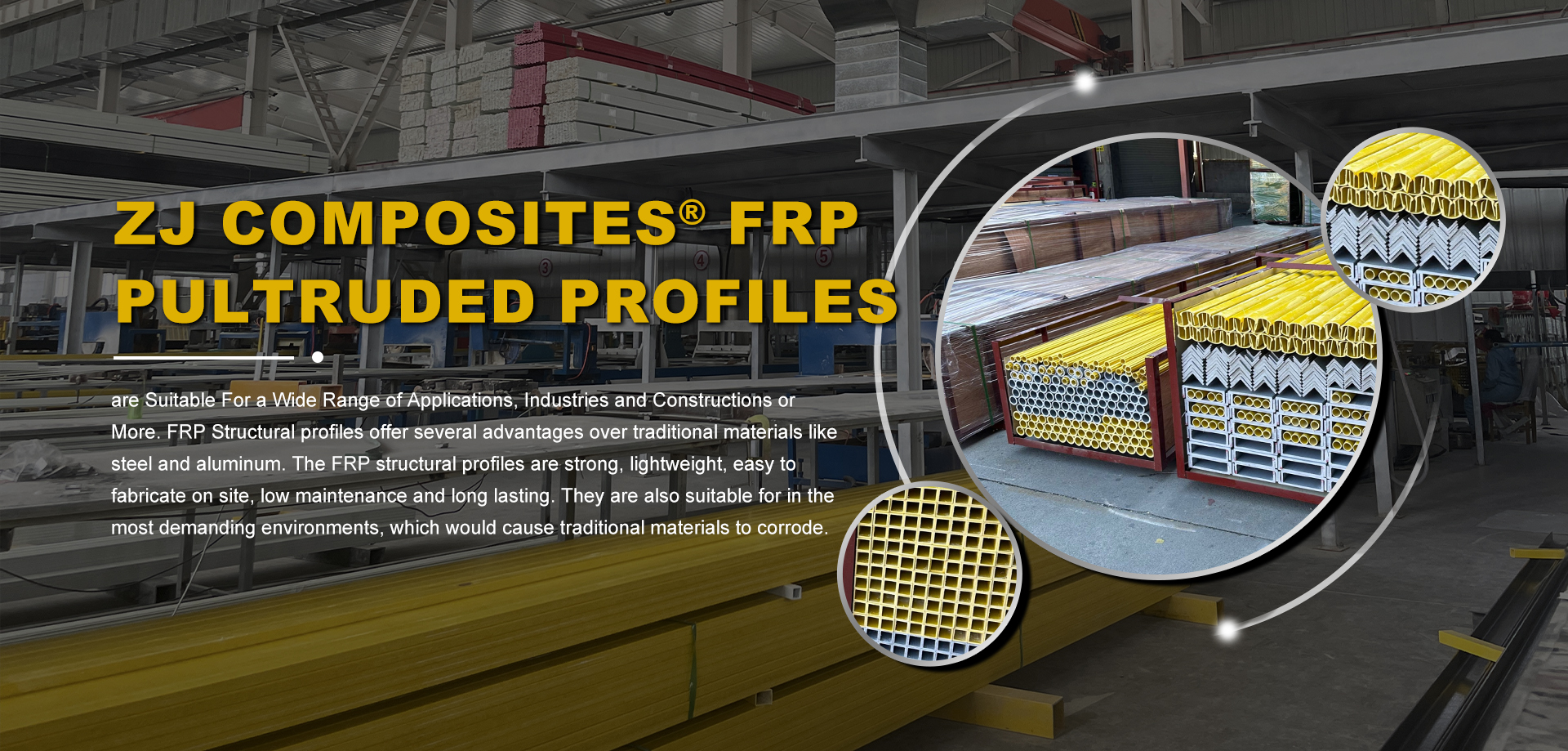loading...
- No. 9, Xingyuan South Street, Dongwaihuan Road, Zaoqiang County, Hengshui, Hebei, China
- admin@zjcomposites.com
- +86 15097380338
- Welcome to visit our website!
fibreglass reinforcement bar
The Advantages of Fibreglass Reinforcement Bars in Construction
In the construction industry, the choice of materials is crucial for ensuring the durability, safety, and longevity of structures. Among the various materials available, fibreglass reinforcement bars, commonly known as GFRP (Glass Fibre Reinforced Polymer) bars, are gaining popularity due to their unique properties and advantages. This article explores the benefits of using fibreglass reinforcement bars, their applications, and their impact on modern construction practices.
What Are Fibreglass Reinforcement Bars?
Fibreglass reinforcement bars are composite materials made from a polymer matrix reinforced with glass fibers. Unlike traditional steel reinforcement bars (rebar), GFRP bars are lightweight, corrosion-resistant, and have superior tensile strength. These features make them an attractive alternative in various construction applications, particularly in aggressive environments where corrosion can significantly impact structural integrity.
Key Benefits of Fibreglass Reinforcement Bars
1. Corrosion Resistance One of the standout features of GFRP bars is their resistance to corrosion. Unlike steel, fibreglass bars do not rust when exposed to moisture, salts, and other harsh chemicals. This property makes them ideal for use in bridges, coastal structures, and areas where de-icing salts are commonly used, extending the lifespan of these structures and reducing the need for maintenance.
2. Lightweight GFRP bars are significantly lighter than their steel counterparts. This characteristic simplifies handling, transportation, and installation. Construction teams can use less labor for lifting and placing these bars, which can lead to reduced construction costs and faster project timelines.
3. Tensile Strength Fibreglass bars offer excellent tensile strength, often outperforming conventional steel in specific applications. They maintain their structural integrity even under high stress, making them suitable for a variety of load-bearing applications, including slabs, beams, and precast concrete components.
4. Non-Magnetic and Non-Electric Conductive GFRP bars do not conduct electricity or magnetism, making them ideal for applications in sensitive environments such as hospitals, laboratories, and facilities with electronic equipment. This property ensures safety and prevents interference with electronic devices.
5. Thermal Insulation Fibreglass is a poor conductor of heat, which can help maintain the thermal integrity of structures. This property is especially advantageous in buildings where maintaining indoor temperatures is a priority, contributing to energy efficiency.
fibreglass reinforcement bar

Applications of Fibreglass Reinforcement Bars
Fibreglass reinforcement bars are increasingly used in various applications across the construction sector
- Bridges and Highways Given their resistance to corrosion, GFRP bars are often used in bridge decks, retaining walls, and other components that are exposed to harsh weather conditions and chemicals.
- Waterfront Structures Structures such as piers and wharves benefit from the corrosion-resistant properties of GFRP bars, which ensures longevity despite constant exposure to water and salt.
- Industrial and Wastewater Treatment Plants The chemical resistance of fibreglass bars makes them suitable for industrial applications, including tanks and process vessels where harsh chemicals are involved.
- Precast Concrete Products Manufacturers are increasingly adopting GFRP bars for precast components, providing a durable alternative to steel in products such as beams, slabs, and columns.
Challenges and Considerations
While fibreglass reinforcement bars come with numerous benefits, there are some challenges to consider. The initial cost of GFRP bars is higher than that of traditional steel rebar, which may deter some builders from using them. Additionally, there is a learning curve associated with their installation and design, which may require additional training for construction teams.
Conclusion
The use of fibreglass reinforcement bars in construction offers a range of advantages that can significantly enhance the durability and longevity of structures. Their corrosion resistance, lightweight nature, and strong tensile properties position them as a valuable alternative to traditional steel reinforcement. As the building industry continues to evolve, embracing innovative materials like GFRP bars can lead to safer, more efficient, and eco-friendly construction practices. With time, as more practitioners recognize their benefits, fibreglass reinforcement bars may very well become a standard in the construction toolkit.
-
GRP Structures: The Future of Lightweight, High-Performance EngineeringNewsJun.20,2025
-
FRP Water Tank: High-Performance Storage for Corrosive and Clean Water SystemsNewsJun.20,2025
-
FRP Square Tube: The New Industry Standard for Chemical and Structural ApplicationsNewsJun.20,2025
-
FRP Pultruded Profiles: The Ultimate Choice for Lightweight Structural StrengthNewsJun.20,2025
-
FRP Handrails: The Safer, Smarter, and Stronger Choice for Modern InfrastructureNewsJun.20,2025
-
FRP Grating: The Smart Solution for Durable, Lightweight Industrial FlooringNewsJun.20,2025
-
Why Choose a Galvanized Water Tank for Your Storage NeedsNewsMay.21,2025
